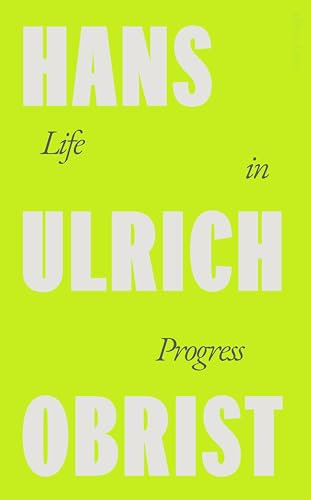A life’s work: Hans Ulrich Obrist on art, meaning and being driven
As the curator, critic and artistic director of Serpentine Galleries publishes his memoir, ‘Life in Progress’, he tells us what gets him out of bed in the morning

‘Whenever I do something – an exhibition, a book, a public art project – I wonder how it is useful for the world. To what extent is it useful for an audience; for the arts, not for the artists?’ It is a question which preoccupied Serpentine Galleries’ artistic director and cultural polymath Hans Ulrich Obrist as he sat down to write his memoir, Life in Progress, published by Allen Lane, in the early weeks of lockdown.
‘I didn't grow up in a family that had access to art. My parents didn't take me to museums. I went out into the world and found my own mentors. I thought that hopefully this would be useful for younger people to read, to have this encouragement to just go out into the world. Sometimes it seems quite complicated for younger people to find the beginning and to start.’
A famously staunch champion of the arts and artists, this enterprising spirit that defined Obrist’s early years can occasionally come as a surprise upon reading his memoir. Born in 1968 in a small town in Zurich, Obrist sought out his own cultural stimulation, travelling Europe by train to meet all the artists who responded to him. As a teenager, he staged his first exhibition of 250 photographs in his tiny kitchen before criss-crossing the continent, eventually becoming a curator at the Musée d'Art Moderne de la Ville de Paris, before becoming director of the Serpentine with Julia Peyton Jones in 2006.
Throughout the short and succinct book, Obrist’s love of knowledge and forming connections is striking. ‘There is this idea that we can be a great expert in a specific field, but then there is so much we don't know outside that field,’ he says. ‘And it's actually all relevant. In my case, in art, I always felt it's important to find out what's happening outside the field of art – what's happening in science, music, literature and architecture. With a lot of artists now, I see that desire to break down these walls. So that's something which I think is important in terms of the current moment.’
And Obrist knows his artists. The book, itself a project he has curated, is a who’s who of the art world, with references to Fischli & Weiss, Edouard Glissant, Marina Abramović, Umberto Eco, Etel Adnan, Joseph Beuys, Christian Boltanski, Gustav Metzger, Louise Bourgeois, Gilbert and George, Tomás Saraceno, Kasper König, Rem Koolhaas, Bruno Latour, Annette Messager, Yoko Ono and Gerhard Richter, as well as many others, scattered throughout.
‘It’s particularly important right now that art doesn’t just happen behind the doors of exhibitions’
Hans Ulrich Obrist
From Fischli & Weiss visiting him in his small flat in St Gallen before his kitchen exhibition, and buying enormous catering-sized portions of ketchup and rice to make the unused space seem more normal, to an exhibition co-curated with Gerhard Richter at Nietzsche’s house in Sils-Maria, the unexpected encounter drives Obrist. Everywhere, and everything, becomes a possibility for art.
‘I think it’s particularly important right now that art doesn't just happen behind the doors of exhibitions,’ he says. ‘Even with free admission – and that's very important for us, that it's for everyone – it’s not enough.’
Receive our daily digest of inspiration, escapism and design stories from around the world direct to your inbox.
Many years ago, says Obrist, a taxi driver dropped him off early in the morning at the Serpentine. ‘He said that he wanted me to tell the story of his daughter, that they walked in the park, and he would never take his kids to a museum, because his parents had told him museums were not for them. But then suddenly, as the Serpentine Pavilion has no doors, the daughter ran in. Now, she wants to be an architect. It’s one of the reasons why I get out of bed in the morning.’
When writing the book, Obrist was forced to look back on incidents like this that have shaped his life and career. It has led to initiatives he has spearheaded around the world, from taking art out of its traditional environment to questioning what art itself can be. ‘I really thought about how art came to me, and how I came to art. Growing up in a household where there were relatively few books, the only way I could find out about art was when it came to me through unusual channels.’
'Life in Progress' by Hans Ulrich Obrist, released on 2 October, is published by Allen Lane. Available at amazon.co.uk
Hannah Silver is the Art, Culture, Watches & Jewellery Editor of Wallpaper*. Since joining in 2019, she has overseen offbeat art trends and conducted in-depth profiles, as well as writing and commissioning extensively across the worlds of culture and luxury. She enjoys travelling, visiting artists' studios and viewing exhibitions around the world, and has interviewed artists and designers including Maggi Hambling, William Kentridge, Jonathan Anderson, Chantal Joffe, Lubaina Himid, Tilda Swinton and Mickalene Thomas.
-
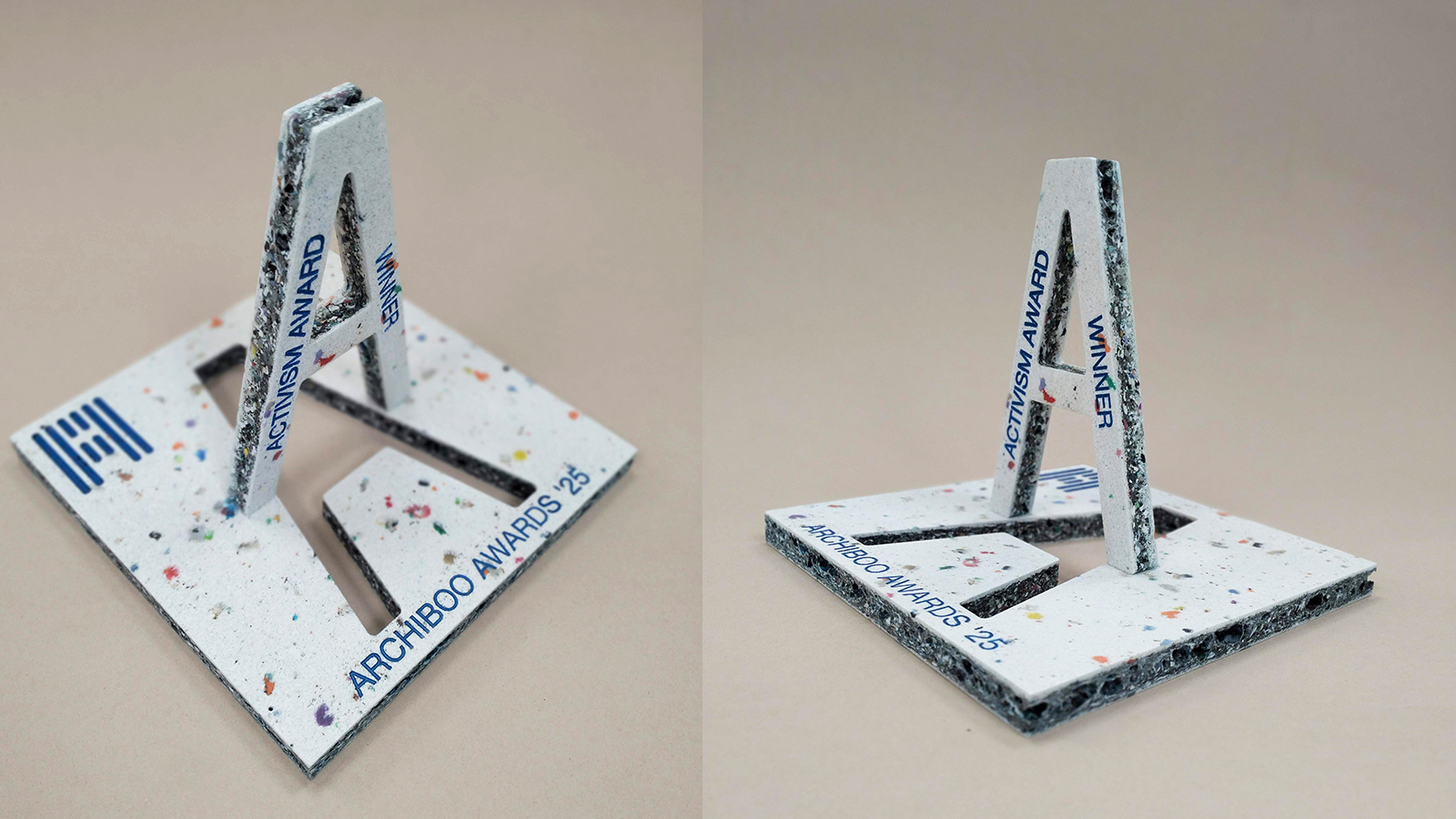 Archiboo Awards 2025 revealed, including prizes for architecture activism and use of AI
Archiboo Awards 2025 revealed, including prizes for architecture activism and use of AIArchiboo Awards 2025 are announced, highlighting Narrative Practice as winners of the Activism in architecture category this year, among several other accolades
-
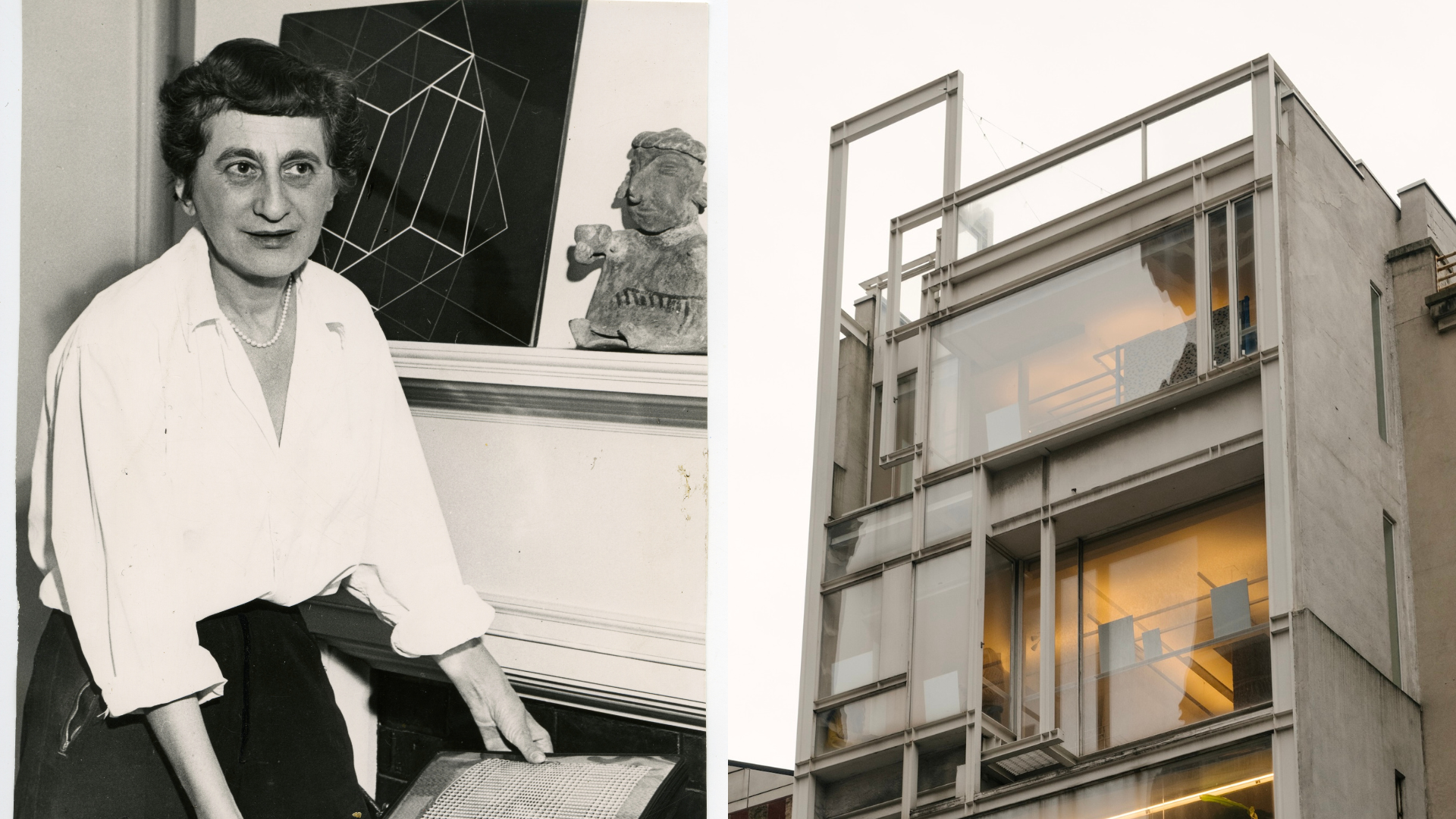 Paul Rudolph's home served as a gigantic 'loom' for an exhibition of Anni Albers textiles
Paul Rudolph's home served as a gigantic 'loom' for an exhibition of Anni Albers textilesItalian textile brand Dedar presented its Weaving Anni Albers collection at the legendary architect’s experimental Modulightor building in New York last week
-
 From Bauhaus to outhouse: Walter Gropius’ Massachusetts home seeks a design for a new public toilet
From Bauhaus to outhouse: Walter Gropius’ Massachusetts home seeks a design for a new public toiletFor years, visitors to the Gropius House had to contend with an outdoor porta loo. A new architecture competition is betting the design community is flush with solutions
-
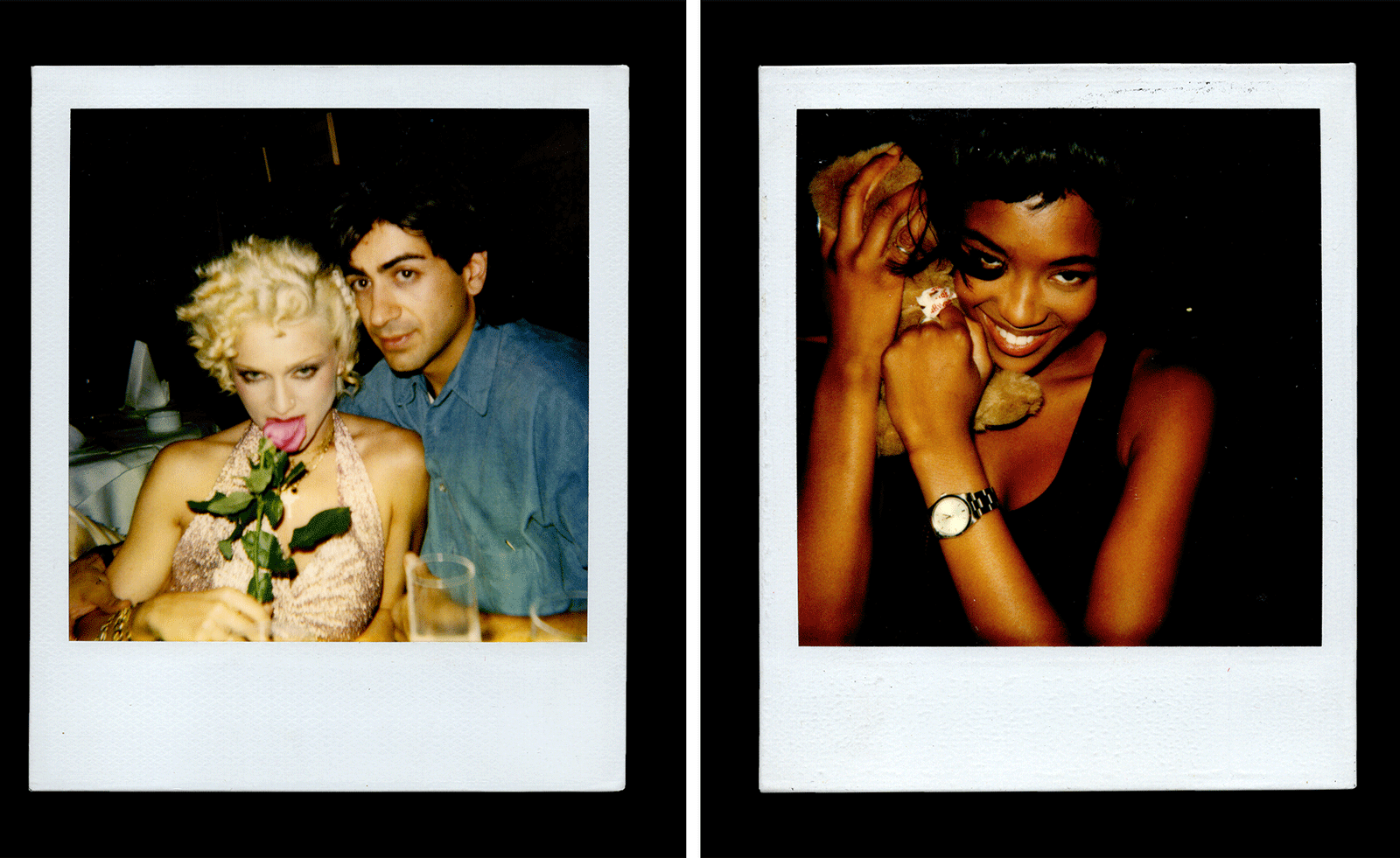 Inside Davé, Polaroids from a little-known Paris hotspot where the A-list played
Inside Davé, Polaroids from a little-known Paris hotspot where the A-list playedChinese restaurant Davé drew in A-list celebrities for three decades. What happened behind closed doors? A new book of Polaroids looks back
-
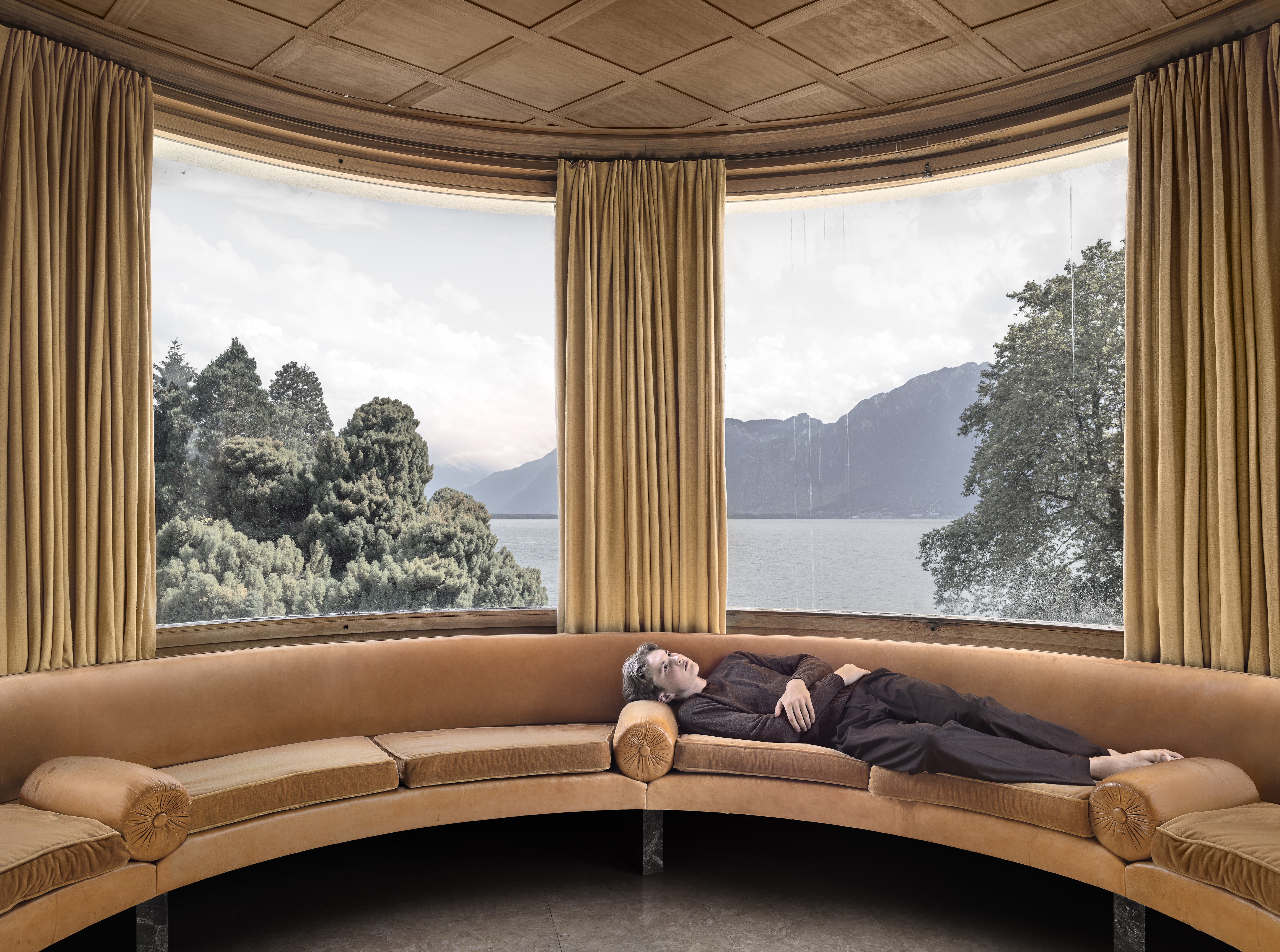 A former leprosarium with a traumatic past makes a haunting backdrop for Jaime Welsh's photographs
A former leprosarium with a traumatic past makes a haunting backdrop for Jaime Welsh's photographsIn 'Convalescent,' an exhibition at Ginny on Frederick in London, Jaime Welsh is drawn to the shores of Lake Geneva and the troubled history of Villa Karma
-
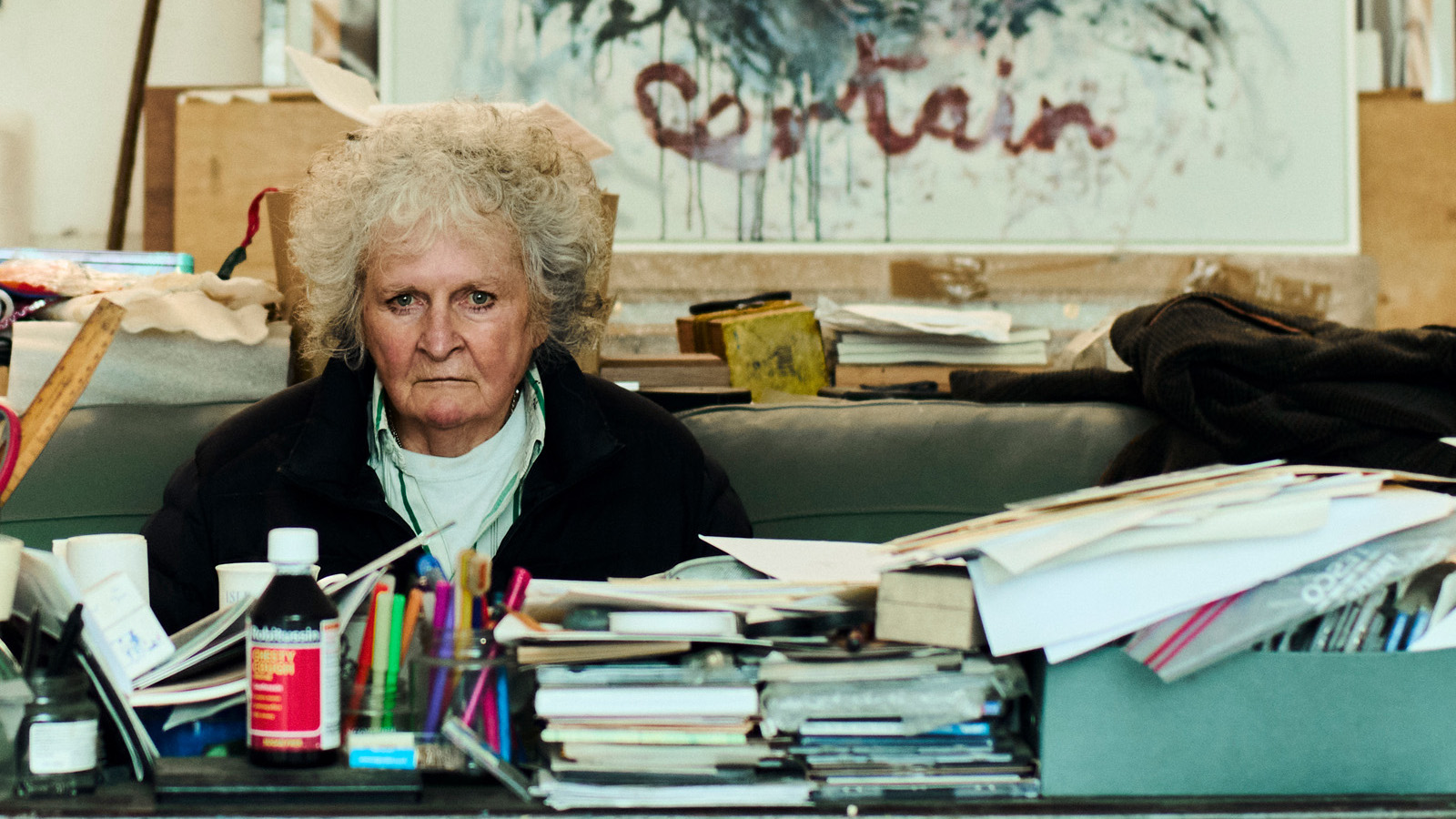 Maggi Hambling at 80: what next?
Maggi Hambling at 80: what next?To mark a significant year, artist Maggi Hambling is unveiling both a joint London exhibition with friend Sarah Lucas and a new Rizzoli monograph. We visit her in the studio
-
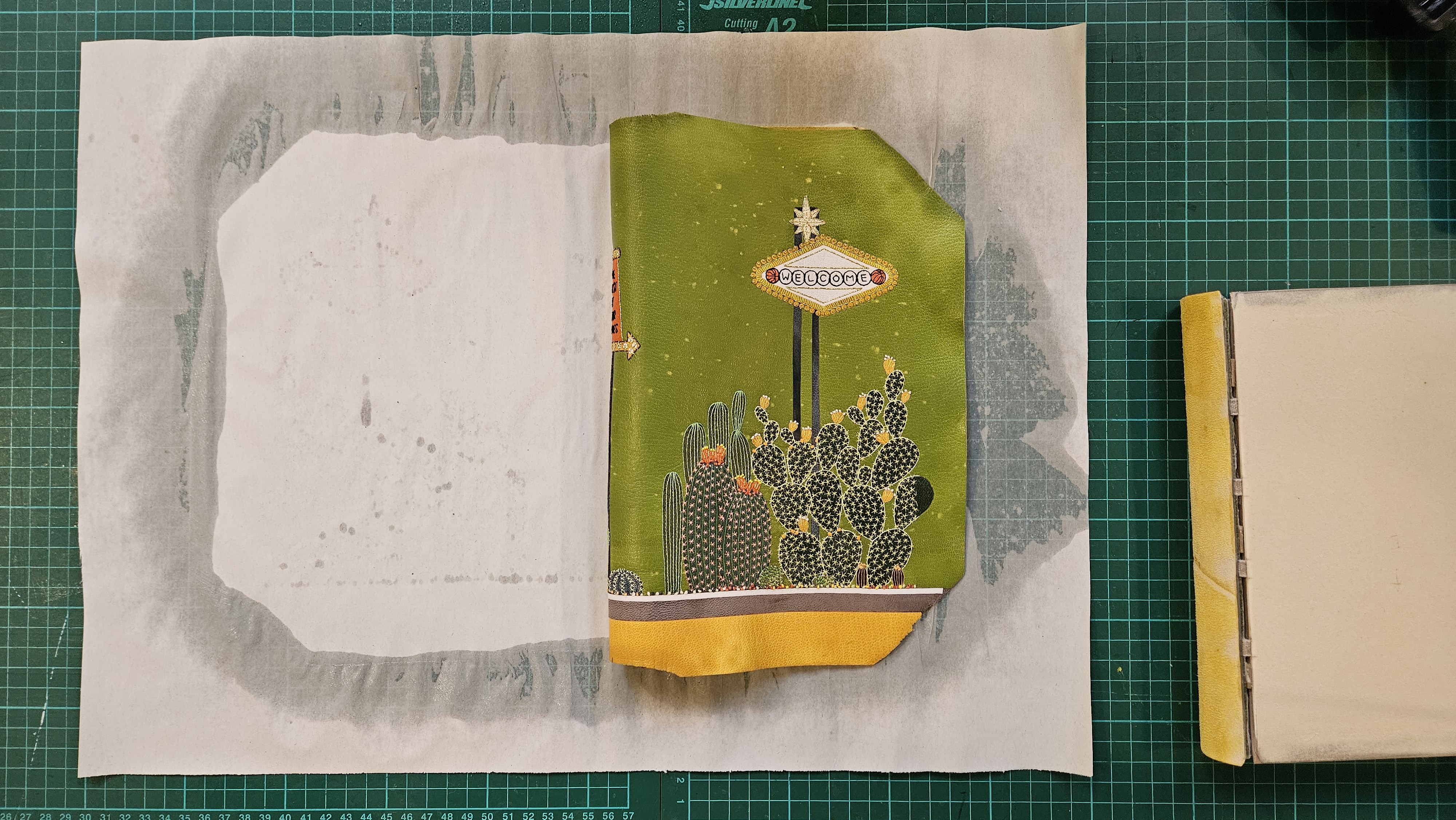 Inside the process of creating the one-of-a-kind book edition gifted to the Booker Prize shortlisted authors
Inside the process of creating the one-of-a-kind book edition gifted to the Booker Prize shortlisted authorsFor over 30 years each work on the Booker Prize shortlist are assigned an artisan bookbinder to produce a one-off edition for the author. We meet one of the artists behind this year’s creations
-
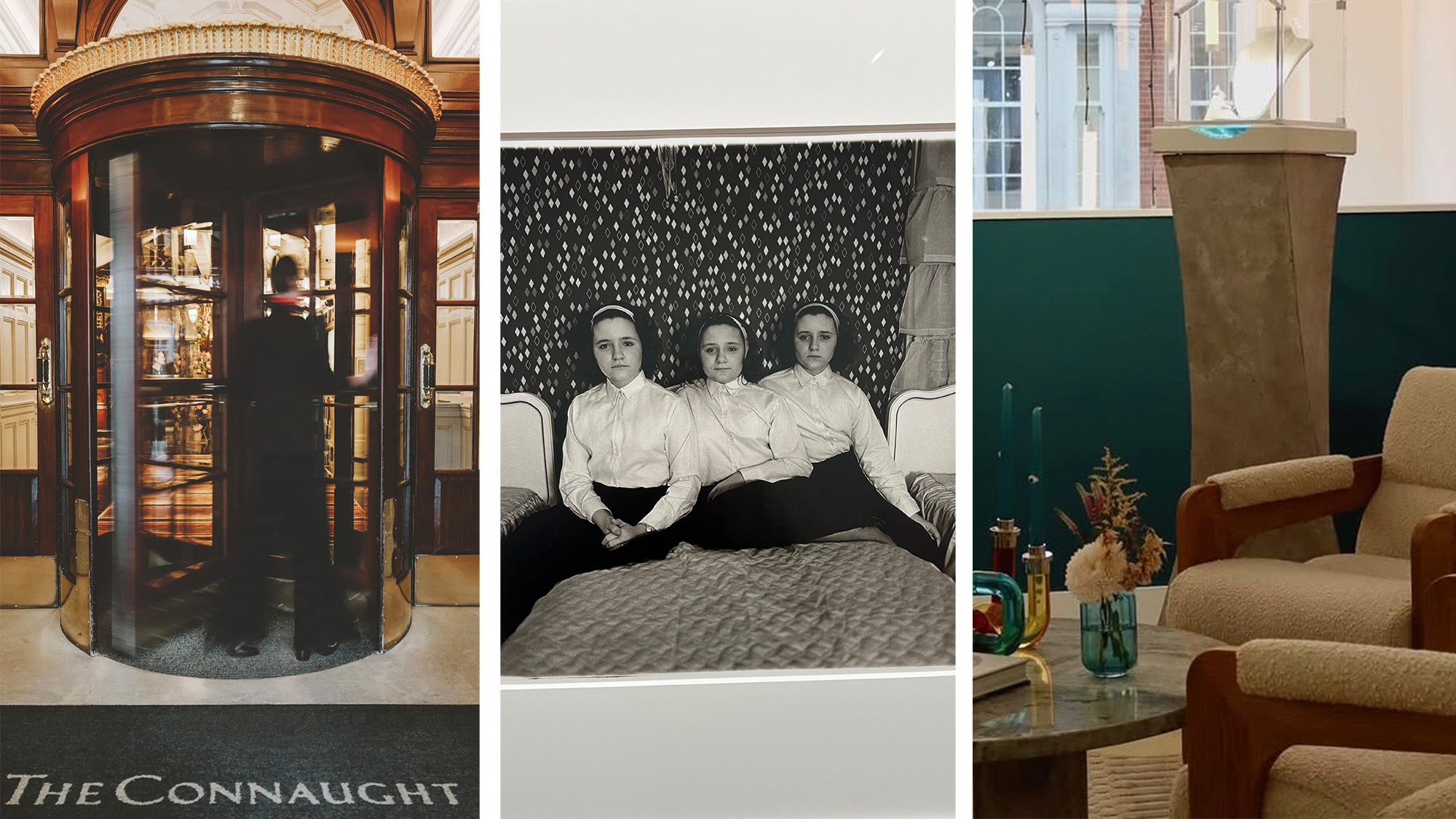 Out of office: The Wallpaper* editors’ picks of the week
Out of office: The Wallpaper* editors’ picks of the weekThis week, the Wallpaper* editors curated a diverse mix of experiences, from meeting diamond entrepreneurs and exploring perfume exhibitions to indulging in the the spectacle of a Middle Eastern Christmas
-
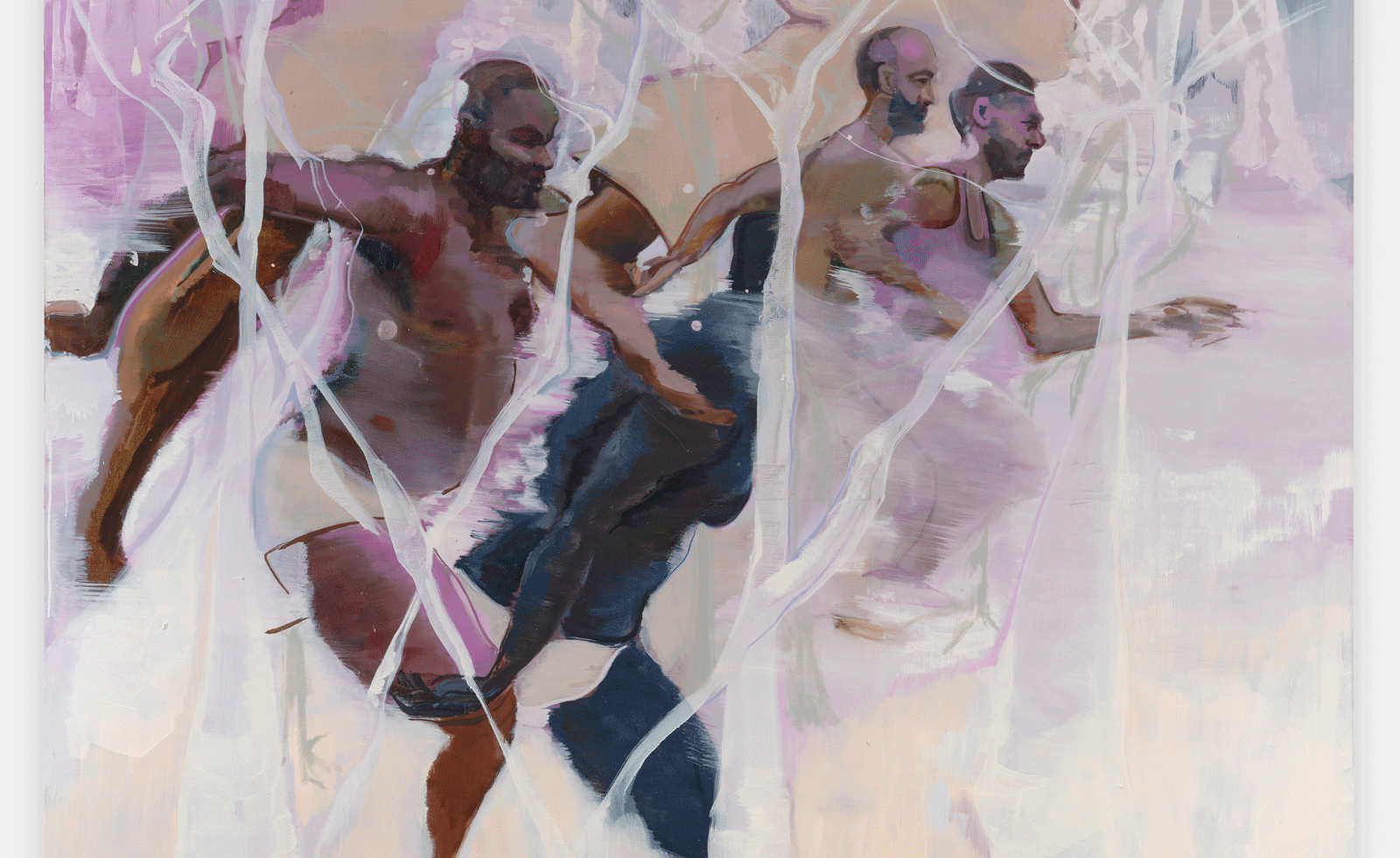 Artist Shaqúelle Whyte is a master of storytelling at Pippy Houldsworth Gallery
Artist Shaqúelle Whyte is a master of storytelling at Pippy Houldsworth GalleryIn his London exhibition ‘Winter Remembers April’, rising artist Whyte offers a glimpse into his interior world
-
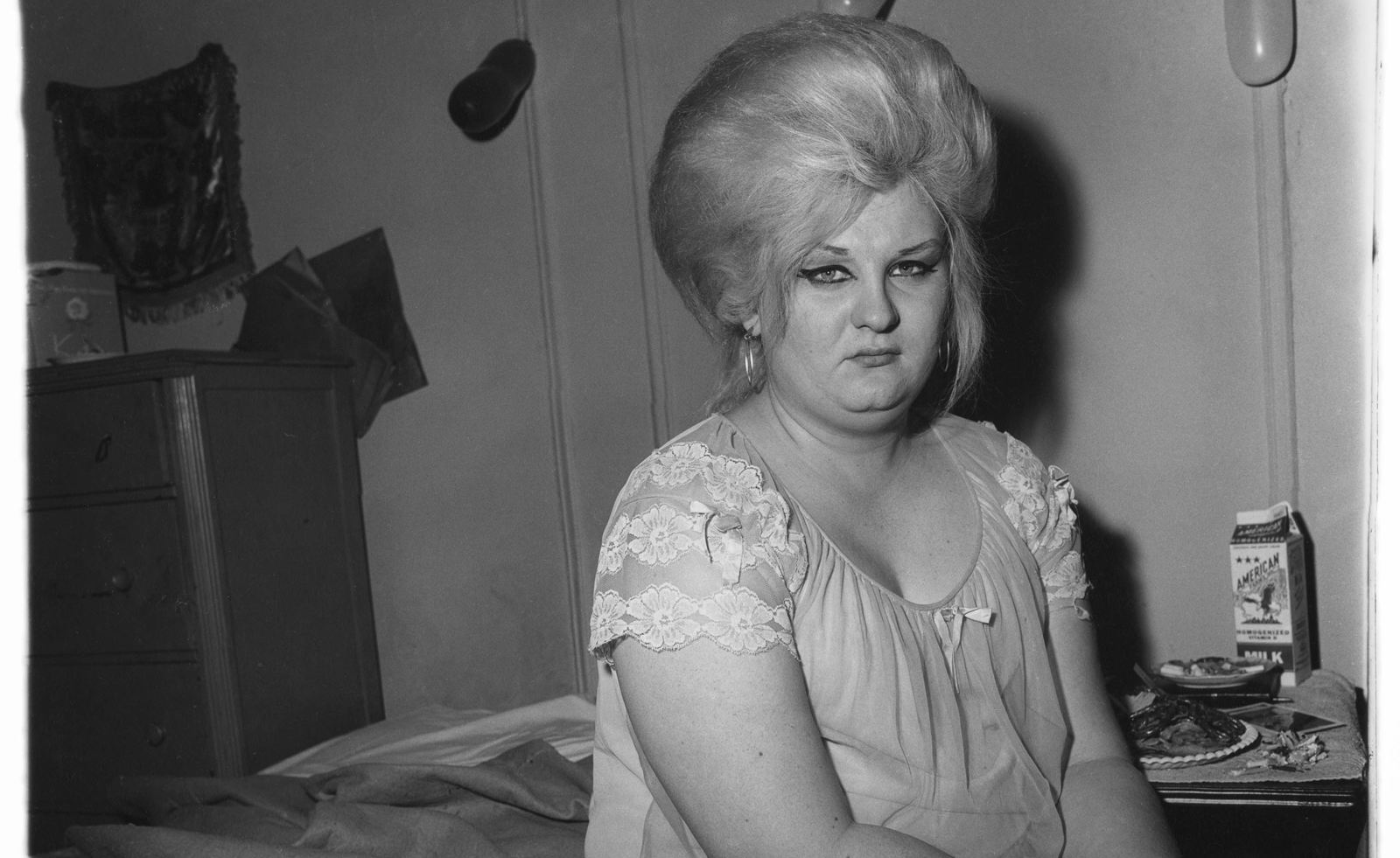 Diane Arbus at David Zwirner is an intimate and poignant tribute to her portraiture
Diane Arbus at David Zwirner is an intimate and poignant tribute to her portraitureIn 'Diane Arbus: Sanctum Sanctorum,' 45 works place Arbus' subjects in their private spaces. Hannah Silver visits the London exhibit.
-
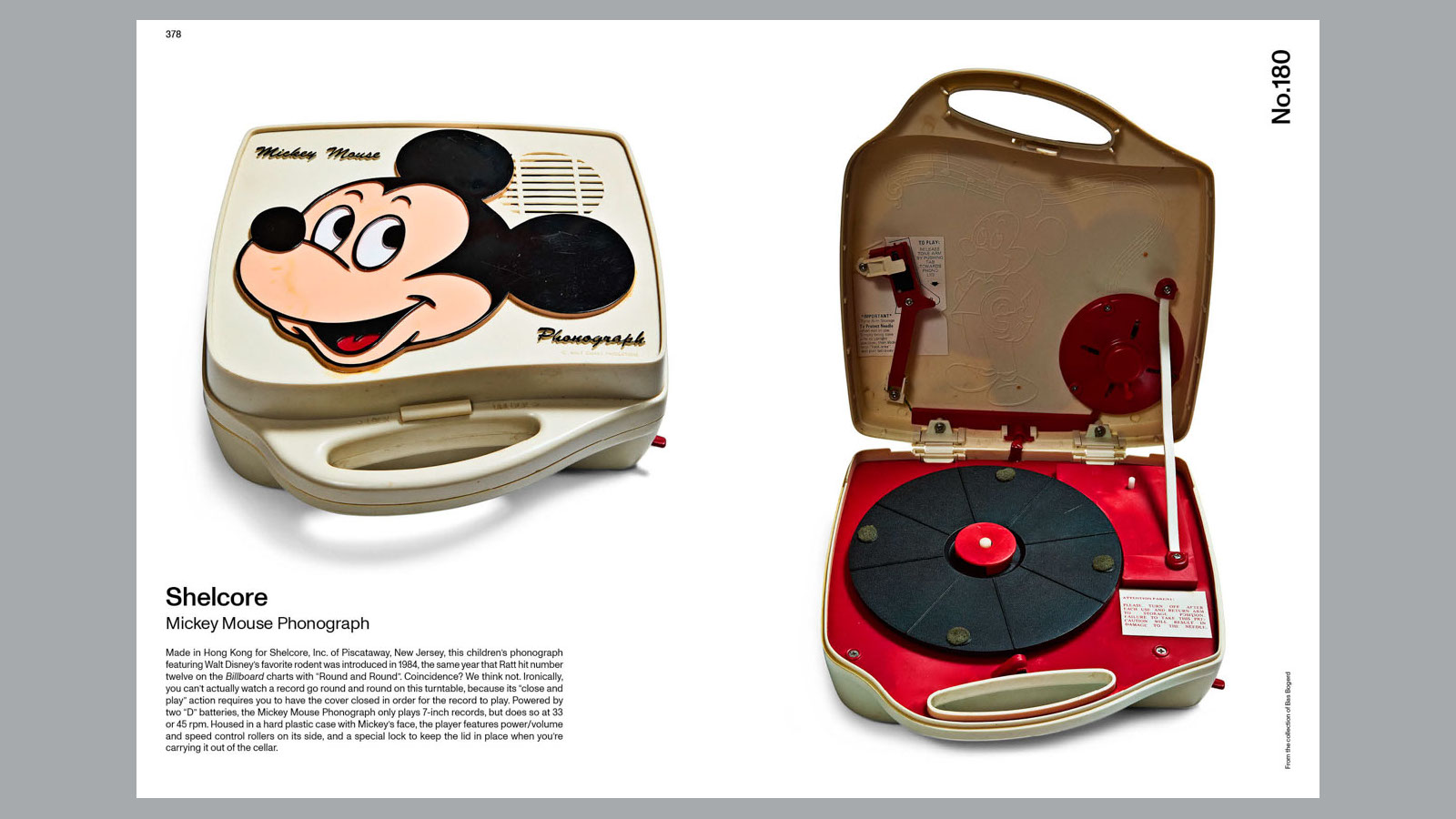 14 of the best new books for music buffs
14 of the best new books for music buffsFrom music-making tech to NME cover stars, portable turntables and the story behind industry legends – new books about the culture and craft of recorded sound
